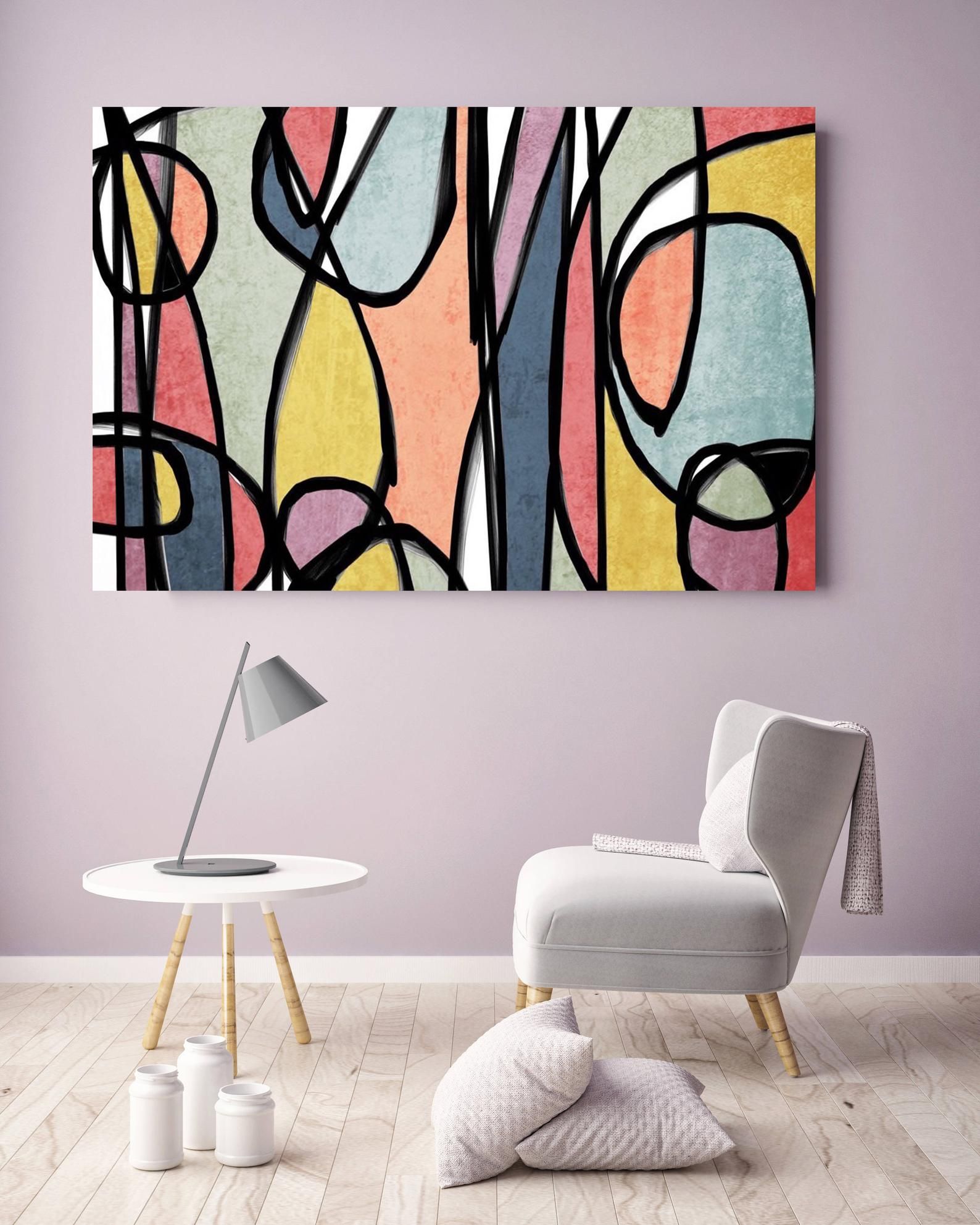Mid century modern art is a movement that emerged in the mid-20th century, encompassing various artistic styles and disciplines. It has become renowned for its sleek, minimalist designs, vibrant colors, and innovative approaches to form and function. In this article, we will delve into the world of it, exploring its origins, key characteristics, notable artists, and enduring influence on contemporary art.
Mid Century Modern Art Origins and Influences
Contents
It emerged as a response to the tumultuous events of the mid-20th century, including World War II and the subsequent economic boom. It sought to capture the spirit of optimism, progress, and innovation that defined the post-war era. Drawing inspiration from various art movements such as Bauhaus, De Stijl, and the International Style, mid-century modern art embraced simplicity, clean lines, and a focus on functionality.
Mid Century Modern Art Key Characteristics
Clean Lines and Geometric Forms: Mid century modern art often features clean, straight lines and geometric shapes. Artists emphasized simplicity and precision, creating compositions that were visually striking and balanced.
Bold Colors: Vibrant and bold colors were a hallmark of mid-century modern art. Artists used bright hues such as oranges, yellows, blues, and greens to evoke energy and optimism.
Organic and Abstract Forms: Mid-century modern art embraced organic and abstract forms, incorporating elements inspired by nature while retaining a sense of abstraction. Artists sought to capture the essence of an object or subject rather than merely replicating it.
Integration of Art and Design: Mid-century modern art blurred the lines between art and design. Artists created functional objects, such as furniture and ceramics, that were aesthetically pleasing and infused with artistic expression.
Notable Mid Century Modern Artists
Piet Mondrian: A Dutch painter and one of the pioneers of the De Stijl movement, Mondrian’s iconic grid-based compositions featuring primary colors and black lines exemplify the mid-century modern aesthetic.
Alexander Calder: Known for his mobile sculptures, Calder introduced the concept of kinetic art, combining movement and balance with bold colors and abstract forms.
Jackson Pollock: While associated with the abstract expressionist movement, Pollock’s drip paintings from the 1950s exhibit elements of it. His energetic, spontaneous style and exploration of form and color resonated with the movement’s principles.
Eameses: Charles and Ray Eames were a husband-and-wife design team who created iconic furniture pieces that epitomize mid-century modern design. Their innovative use of materials, such as molded plywood and fiberglass, revolutionized furniture design.
Enduring Influence and Contemporary Relevance
It continues to inspire and influence contemporary artists, designers, and architects. Its timeless appeal lies in its ability to balance functionality and aesthetics while embracing simplicity and innovation. Many current interior design trends draw inspiration from mid-century modern aesthetics, with sleek lines, organic shapes, and vibrant colors remaining popular choices.
It represents a pivotal period in art and design history, characterized by its emphasis on clean lines, bold colors, and functional beauty. From the iconic paintings of Piet Mondrian to the innovative designs of the Eameses, this movement has left an indelible mark on the art world. Its influence can still be seen today, serving as a reminder of the enduring appeal of simplicity, balance, and timeless design.
